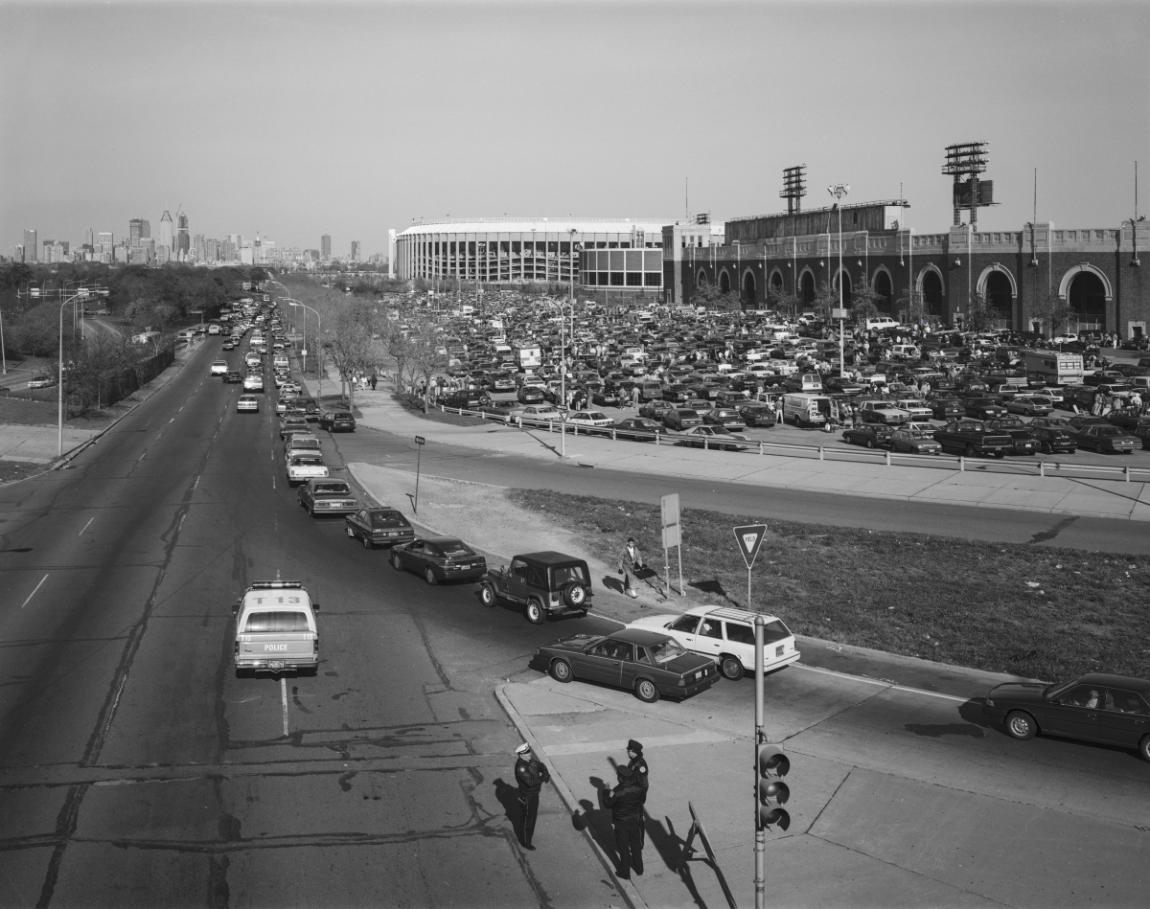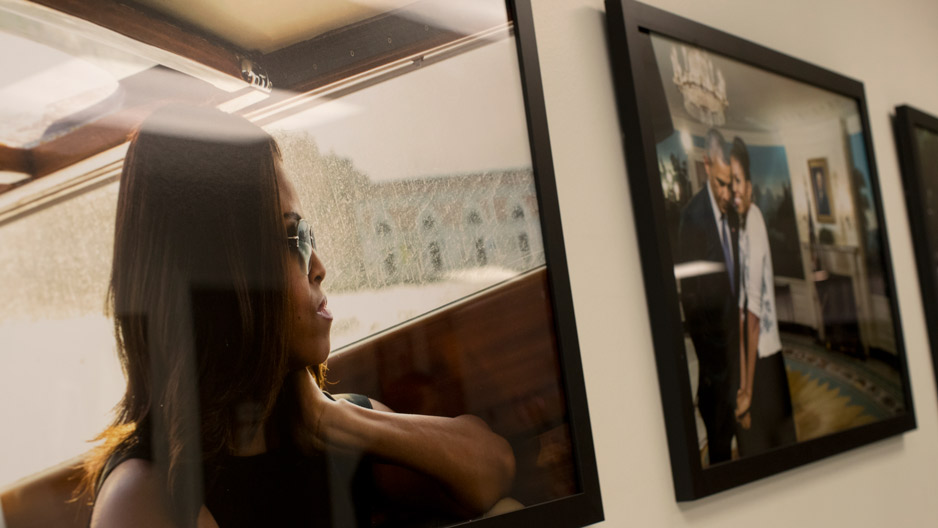
Students and faculty in the Tyler School of Art and Architecture s Photography and Architecture programs have constructed a giant, movable pinhole camera also known as a camera obscura as a tribute to the history of a centuries-old medium and as a public art gallery.
Laurie Beck Peterson, a Philadelphia-based commercial photographer and adjunct faculty member in Tyler s Photography program, is always looking for spaces to convert into a camera obscura. It s a great way to teach students how a camera functions technically before they build their own in class, she said. It s simple but it s magic.
A camera obscura takes advantage of a natural optical phenomenon that occurs when a scene is projected through a small hole in a light-proof box as an inverted, reversed image on an opposite surface. But Tyler s box at 7 feet tall, 5 feet wide and 9 feet long is more of a spacious room on wheels that participants actually enter to make photographs, which are then processed by students in Tyler s Fine Art Photography Club.
Stephen Anderson, assistant professor of instruction in architecture and co-developer of the large camera, was familiar, in particular, with camera obscura s history in renaissance gardens, which wasn t about collecting the image, but the experience. He worked with Architecture students on this extracurricular project s design and construction, measuring doorways, elevators and ramps so it could capture imaginations anywhere on Temple s urban campus.



